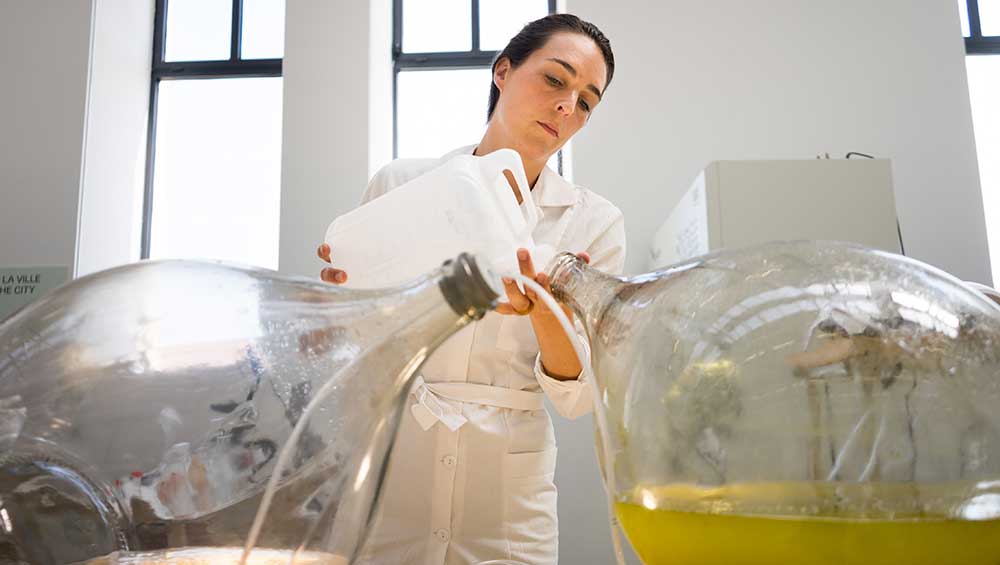
Klarenbeek & Dros in collaboration with Luma, cultivation of micro algae for biopolymers. Photo: Antoine Raab, courtesy of Luma.
V&A Dundee
29 October – 5 February 2023
by CHRISTIANA SPENS
Co-curated with the Vitra Design Museum in Germany, the Museum of Art, Architecture and Technology in Lisbon, and the V&A South Kensington, this is an all-encompassing exhibition about plastic and its place in the future of our world. Plastic has already caused irreversible damage in a relatively short time. Although some experiments were done in the late-19th century to produce natural plastics, it was not until 1907 that Bakelite, the first fully synthetic plastic, was invented by Leo Baekeland as a sustainable alternative to natural resources. Used initially for light switches and sockets, radio sets and electrical insulators, this material was crucial to the use of electricity in everyday life and helped to create the world we recognise today. Plastic obviously had many benefits, and resulted in many further design and invention opportunities, but the resilience of this synthetic material also became its greatest flaw.
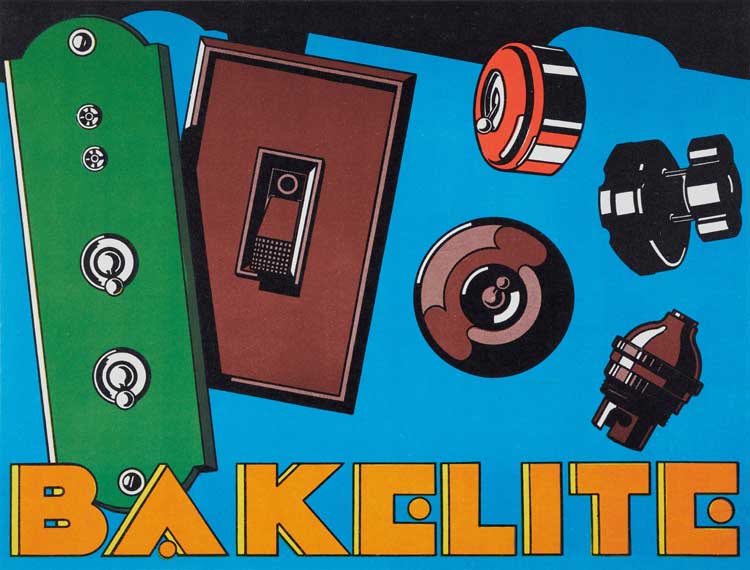
Bakelite leaflet, 1930s. Courtesy of Amsterdam Bakelite collection.
When it was invented, it was considered utopian – a way to create endless new products that would revolutionise industry, architecture and domestic life the world over. As we now know, this miracle turned out to be a great toxin; plastic does not break down as natural materials do and is responsible for catastrophic environmental damage. This exhibition at the V&A traces the 150-year history of this material and underlines its immense benefits, as well as its dangers and the damage it has caused.
As Charlotte Hale, curator at the V&A Dundee, says: “Looking at plastic through the lens of design allows visitors to understand more about its history and why, in a relatively short space of time, it transformed from wonder material to a problem affecting our entire planet. The exhibition shows the evolution of plastic and the changing attitudes to the material from the 1850s through to the present day, ending with a look to the future to explore the different approaches across multiple sectors to tackling the plastic crisis.”
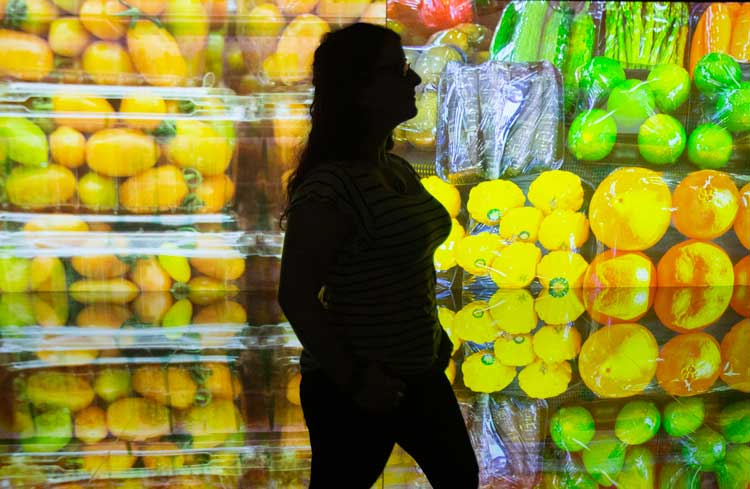
KALPA immersive video installation at Plastic: Remaking Our World.
The relationship between plastic and nature is explored in the first room, where we step into KALPA, an immersive, large-scale video installation by Asif Khan Studio, which succinctly shows the stark reality that, while fossil fuels took two billion years to form, plastic has existed for just over 100 years and caused unforeseen damage. In another section of the exhibition, we see the way in which synthetic plastics emerged from experiments with natural plastics – those derived from plants and animals – and the complexity of this relationship. The relative scarcity of natural plastics gave rise to a demand for more synthetic plastics, along with industrialisation and the rise of consumerism, which then led to the expansive foray into design and innovation that ‘remade’ the world as we know it. But the synthetic, interestingly, was nevertheless rooted in the natural in the sense that it tried to imitate its qualities and features, but in a way that could be more easily and quickly produced.
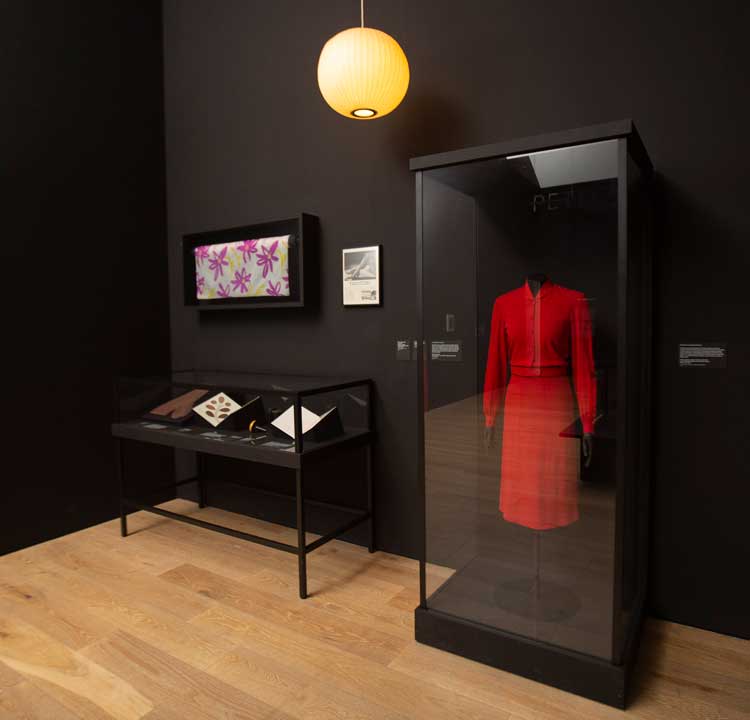
Petromodernity section of Plastic: Remaking Our World.
In the section of the exhibition called Petromodernity, we see how, against the backdrop of the second world war, the petrochemical industry skyrocketed because of the demand for plastic and the increased scarcity of natural materials such as metals – and how this particular development led the way for the plastic-dependent world in which we now live. During the war, plastics were used for everything from uniforms to parachutes to vehicle manufacture. When the war ended, these inventions, which had been born out of necessity, were applied further afield. With new materials that could be mass-produced, and with new applications and ideas, the years that followed were an era rich in design and innovation. Suddenly, it was possible to buy products for laboratories and hospitals and things for the home that would be more hygienic and easier to clean; toys that were bright and malleable; and clothes that were cheaper.
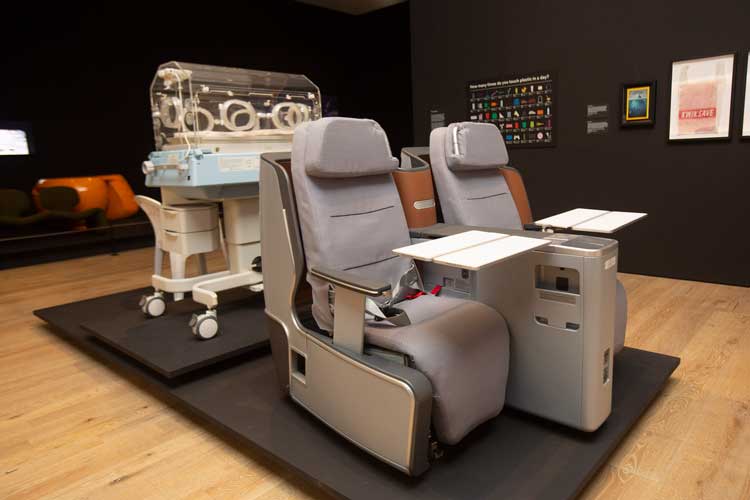
Plasticene section that looks at 'the plastic paradox' in Plastic: Remaking Our World.
Following the Petromodernity section, we move forward in time to the Plasticene section. In the 1960s and 70s especially, design became futuristic and utopian, and very playful. In an era of space exploration, designs for buildings, interiors and fashion began to imitate the shapes and general aesthetic of space travel; in the book Where’s My Space Age?, for instance, Sean Topham shows the vast design output of this time, as a sort of communal, imaginative space exploration. People wanted to transform their worlds, and, whether in spirit or not, find new spaces to exist.
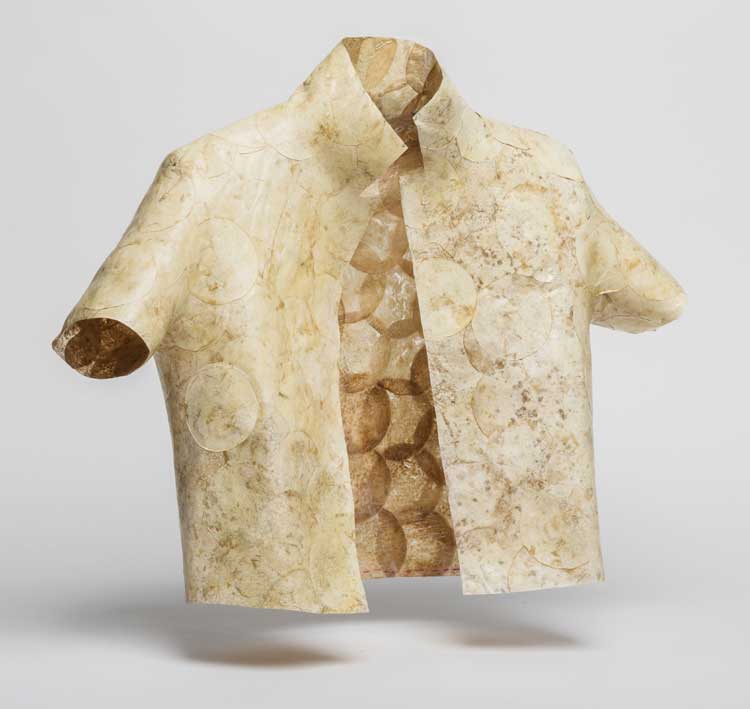
MycoTEX seamless jacket, 2018, Aniela Hoitink. 100% Mycelium. Photo: Jeroen Dietz.
Plastic made this transformation possible. What people did not realise was, that in stretching out so eagerly to the future, to a new world, they were destroying their existing one. Then in 1971, Greenpeace was founded and people began to be aware of the harm plastic could cause, and to attempt to change our reliance on it. People began to recycle. Jane Atfield’s Made from Waste series of furniture, shown here, is one of the earliest examples of recycling from the 1990s.
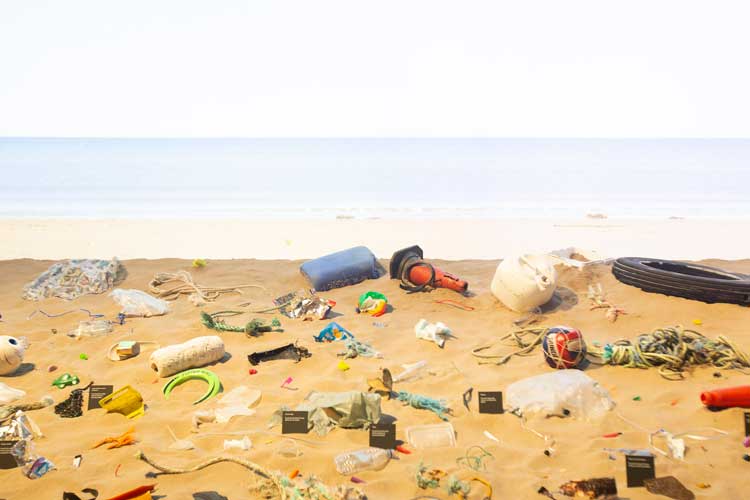
The Beach at Plastic: Remaking Our World.
The final section of the exhibition, Re-, explores how we are rethinking the future of plastic, and the role that design can play in rehabilitating it. We see how projects such as The Ocean Clean Up, Everwave and The Great Bubble Barrier have used new designs to filter plastic waste from our rivers and oceans, for instance. By considering design as a holistic process in which sustainability plays a central role, it is possible to renew, recycle and to repair at least some of the damage done. By taking a less consumerist approach, and building that into the design process, it is possible to cut out a massive amount of unnecessary waste. The whole design process – whether for furniture, clothes, or hospital equipment – must take this holistic, ethical approach. Plastics can be life-saving and crucial, and we cannot rid the world of them, but we can insist on better regulation so that their benefits are not outweighed by the long-term damage they can do.
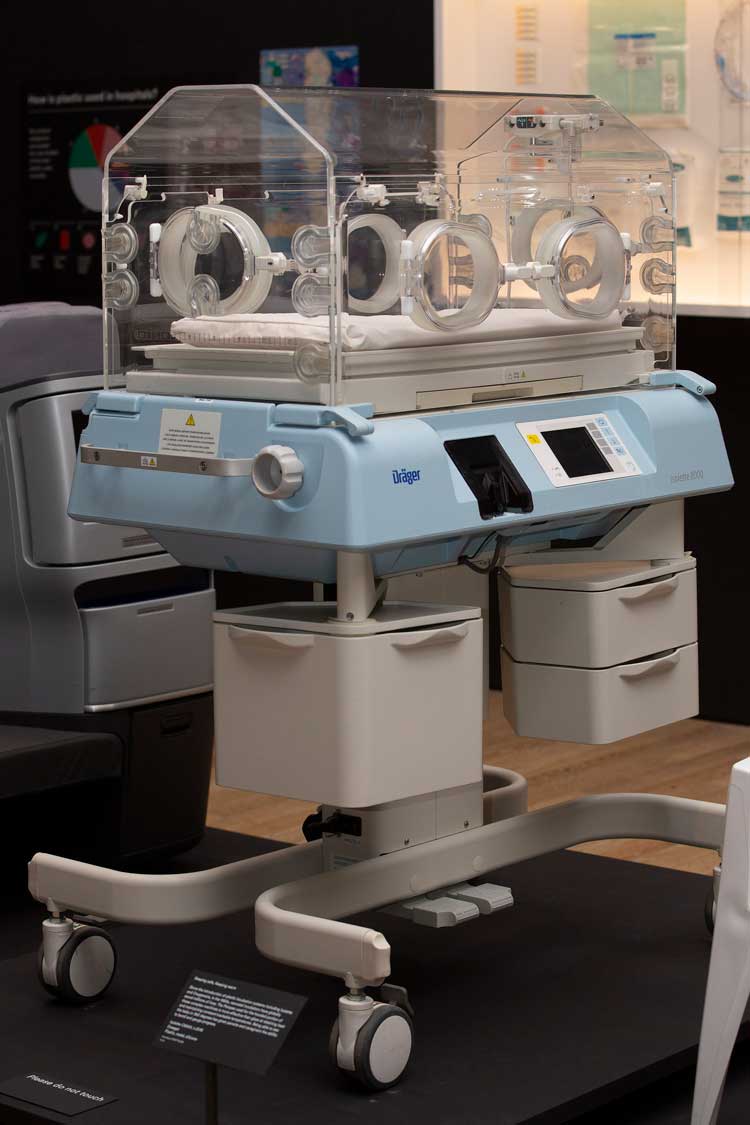
Ninewells incubator in the Plasticene section of Plastic: Remaking Our World.
As Leonie Bell, director of V&A Dundee, says: “Plastic can be seen as one of the most successful designs of all time, shaping and saving our lives like no other material over its 150-year history. Yet, we are acutely aware of the environmental destruction and waste caused by the mass production and consumerism of plastic. As Scotland’s design museum, we want to look at the complex design and social histories of challenges like this, to look to the future with hope in our collective creativity and innovation.” Her hope is that the exhibition will attract children and young people “who through their own leadership, activism and care are already protecting the future of the planet that so generously hosts us”.
Plastic: Remaking Our World is a story of triumph and tragedy, the invention of an incredible material and its fatal flaw that now threatens life on Earth itself. But it is also a story of hope: this exhibition is steadfast in its message that through redesign, we can rehabilitate plastic, save the world from its harms and detoxify our relationship with it. But it is also clear that we must question and reform our dependence on synthetic materials. It does an excellent job in showing that, while plastic has been destructive and damaging, it has also been – and continues to be – of great benefit. It cannot be eliminated completely; rather, we must find ways to live with plastic and better regulate its use.